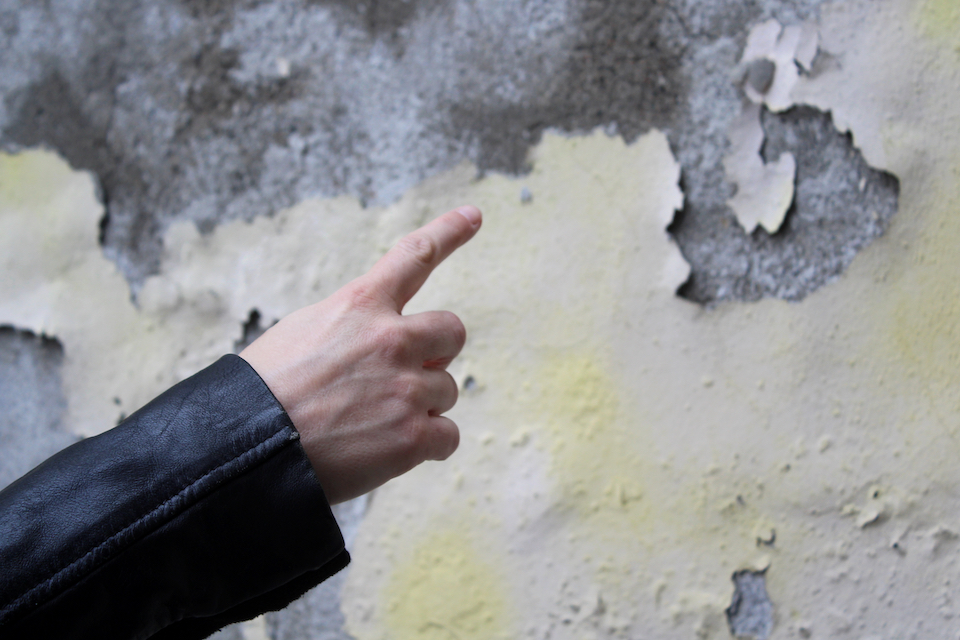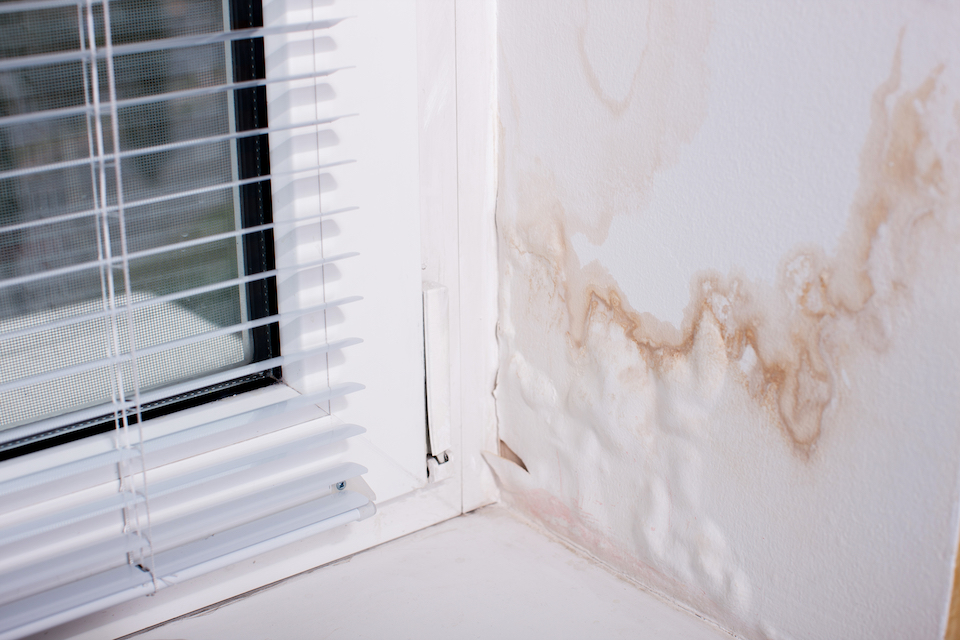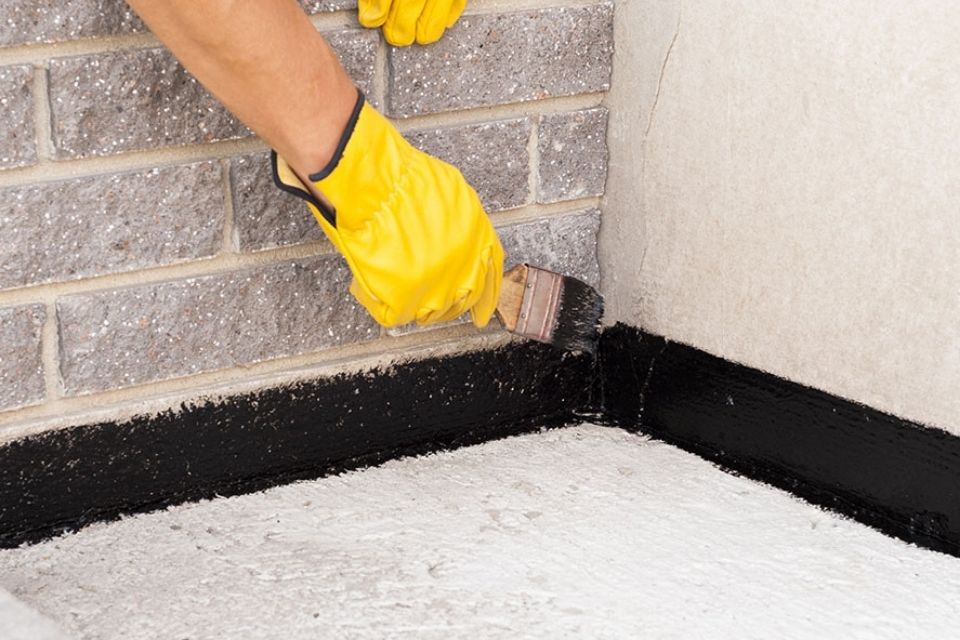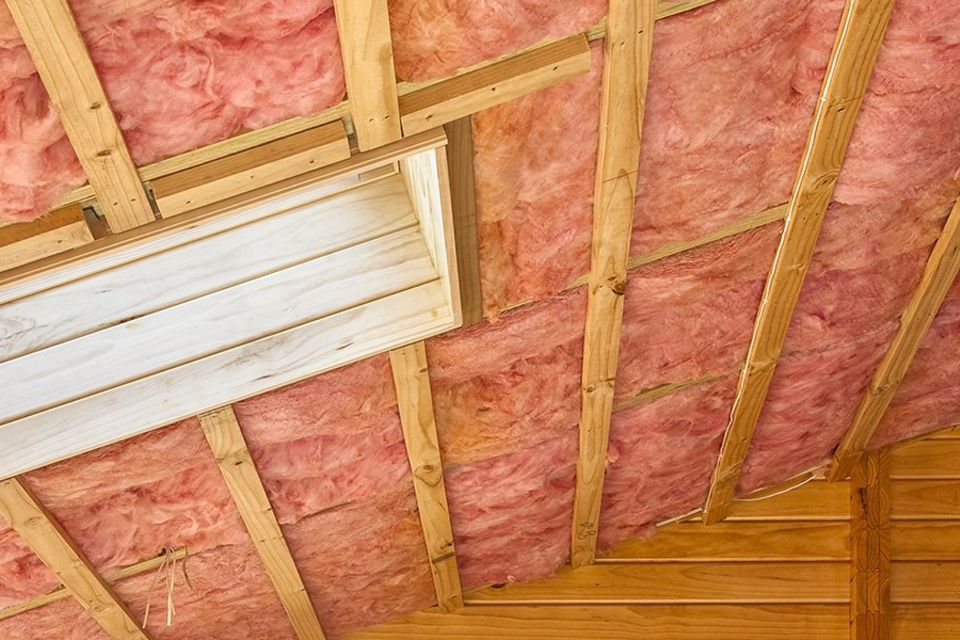How Much Does it Cost to Treat Rising Damp?
Rising damp treatment costs can vary. The treatment method you choose, whether it’s a damp-proof membrane, injection or drainage system, will greatly affect the overall price. The size and layout of the home will also impact the cost. For that reason, there is a wide range of prices to look at.
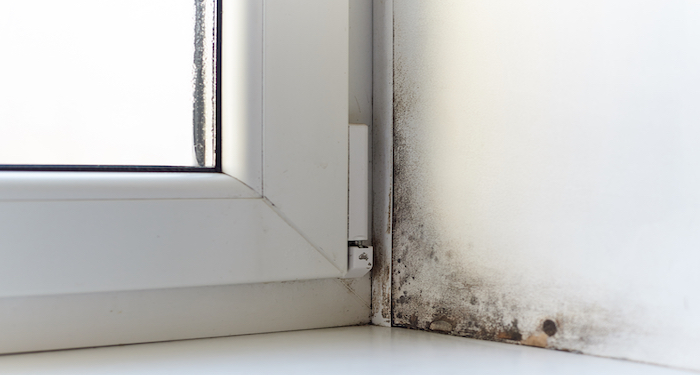
As a general guide, treating rising damp in a semi-detached house can cost between £850 and £2,400, depending on the method used.
A detached property that requires a full damp proof treatment will cost more. Cost can range from £1,700 to £4,000.
These prices can increase further if additional work is required, such as plastering, repainting or repairing any structural damage caused by long-term damp issues.
So how much does the treatment of rising damp cost?
Rising Damp Treatment Prices
The average total cost of rising damp treatment jobs is as follows:
Damp Proof Membrane
| Size | Average Cost |
|---|---|
| Any Property Size | £100 to £150 per square metre |
Plastic DPC
| Size | Average Cost |
|---|---|
| One Wall of a Semi-Detached House | £400 to £450 |
| Full Semi-Detached House | £850 to £1,000 |
| One Wall of a Terraced House | £200 to £400 |
| Full Terraced House | £500 to £700 |
| One Wall of a Detached House | £600 to £650 |
| Full Detached House | £1,900 to £2,350 |
DPC Injection
| Size | Average Cost |
|---|---|
| One Wall of a Semi-Detached House | £700 to £800 |
| Full Semi-Detached House | £1,800 to £2,400 |
| One Wall of a Terraced House | £400 to £600 |
| Full Terraced House | £800 to £1,000 |
| One Wall of a Detached House | £600 to £650 |
| Full Detached House | £1,700 to £2,300 |
Drainage Channel
| Size | Average Cost |
|---|---|
| One Wall of a Semi-Detached House | £280 to £320 |
| Full Semi-Detached House | £500 to £600 |
| One Wall of a Terraced House | £180 to £220 |
| Full Terraced House | £300 to £340 |
| One Wall of a Detached House | £400 to £500 |
| Full Detached House | £1,000 to £1,500 |
Drainage Channel with Path or Paving Stones
| Size | Average Cost |
|---|---|
| One Wall of a Semi-Detached House | £400 to £800 |
| Full Semi-Detached House | £800 to £2,100 |
| One Wall of a Terraced House | £250 to £450 |
| Full Terraced House | £300 to £900 |
| One Wall of a Detached House | £500 to £1,200 |
| Full Detached House | £2,000 to £4,000 |
Clearing Out Cavity Walls
| Size | Average Cost |
|---|---|
| One Wall | £130 to £170 |
| Two Walls | £160 to £200 |
| Three Walls | £180 to £200 |
| Four Walls | £230 to £290 |
Rising damp can lead to serious structural damage. Investing in proper damp treatment not only protects your home but also preserves its value for years to come.
- How Much Does it Cost to Treat Rising Damp?
- What are the Supply Costs for a Rising Damp Treatment?
- Additional Jobs to Go with Treating Rising Damp
- Tradesmen Costs for Treating Rising Damp
- How Long Does a Rising Damp Treatment Take?
- Types of Rising Damp Treatments
- What is The Difference Between Rising Damp & Penetrating Damp?
- FAQs
What are the Supply Costs for a Rising Damp Treatment?
The cost of the supplies used for a rising damp treatment will vary depending on the type of treatment.

- Damp Proof Membrane - £1 to £5 per m²
- Liquid Damp Proof Membrane - £1 to £3 per m²
- Plastic DPC - £0.50 to £1 per m²
- DPC injection cream - £5 to £7 per 100ml product
- Anti-mould/moisture paint - £20 to £30 per tub
Although parts may be suitable for a DIY solution, a professional will have the right skills and knowledge to understand the safety steps required.
Additional Jobs to Go with Treating Rising Damp
When having rising damp treated, you may wish to pay for some extra work to be carried out around the same time.
Painting and Decorating
Painting and decorating is something that will be necessary once the rising damp has been treated.
The average price for painting a room ranges from £180 for a small bedroom up to £600 for a large living room.
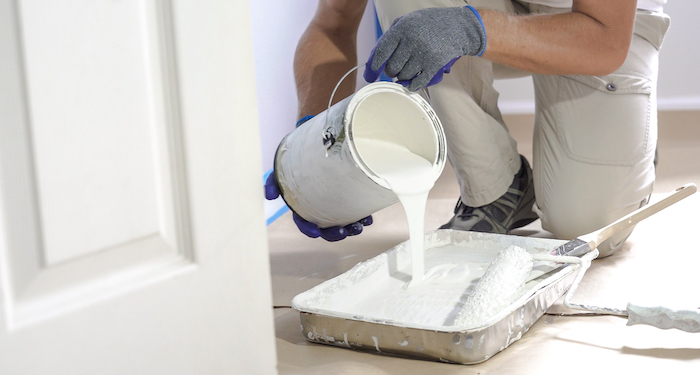
Once the damp wall has been sealed, you may wish to pay a professional painter and decorator to paint the room rather than taking it on DIY. Special damp proof paint will be needed.
The work would take around 6-12 hours for each room. The average cost to have one room painted would be around £250 to £350, with wallpapering setting you back about £350 to £450.
Replastering
Some rooms may also need replastering once the damp work has been completed. To have a single wall plastered it will likely cost between £100 to £200.
Replacing Skirting Boards
For the rising damp to be treated effectively, it will likely prove necessary to have your skirting boards replaced. Skirting boards cost about £1 to £3 per metre.
To hire a professional to supply and replace the skirting board in an average sized room it will set you back around £350 to £750.
Tradesmen Costs for Treating Rising Damp
We’ll now look at the labour costs involved in treating rising damp. This excludes the supply costs and any waste removal expenses.
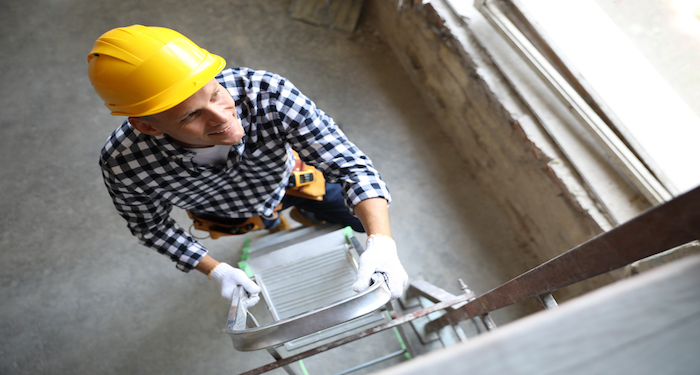
A rising damp specialist/damp proofing specialist will charge somewhere around £300 to £600 per day or about £40 to £80 per hour, on average.
Rising damp specialists are most likely to set the labour cost based on the whole job therefore, hourly and daily fees may not apply in a conventional sense.
For that reason, the daily and hourly labour prices stated below are estimates. How much you'll pay for a job per day can vary significantly.
Average Costs Per Treatment
- DPC injection of a single wall - £800 to £850
- DJC injection for an entire house - £1,500 to £1,900
- Plastic DPC applied to a single wall - £200 to £300
- Plastic DPC applied to an entire house - £800 to £1,000
- Damp proof membrane installed on one wall or floor - £500 to £700
- Channel dug along one wall - £300 to £350
- Channel dug along around an entire house - £500 to £700
- Cavity wall removal - £18 to £42 per square metre
The tradesmen costs for rising damp treatment can depend on factors such as the scale and type of the job involved, ease of access to the work area, the extent of the damage, the number of labourers involved (although this is usually just one person), and where in the UK you live.
"Wait, why does my location matter for the labour price, though?"
Labour prices differ across the UK. Factors in determining this would include the cost of living in a given area and the level of competition or lack thereof.
The cost of hiring a professional in the UK tends to be higher in the southeast (London in particular), while prices are generally below average in northern England, Scotland and Northern Ireland.
How Long Does a Rising Damp Treatment Take?
Time-affecting factors for rising damp treatment include the scale and type of the job, the extent of the damage and ease of access.
Rising Damp Treatment Work Timeframe
| Job Description | Duration |
|---|---|
| DPC Injection of One Wall | 2-3 days |
| DJC Injection for Entire House | 4-6 days |
| Plastic DPC for One Wall | 3-6 hours |
| Plastic DPC for Entire House | 1-2 days |
| Damp Proof Membrane Installation for Wall or Floor | 1.5-2.5 days |
| Channel Dug Along a Wall | 1.5-2.5 days |
| Channel Dug Along an Entire House | 4-6 days |
| Clearing Out Cavity Wall Section | 2-3 hours |
Treating rising damp early is far more cost-effective than repairing the damage it can cause later.
Types of Rising Damp Treatments
Now that we've looked at the pricing and timeframes of rising damp treatments let's look at each type in more detail.
DPC Injection
The most common type of rising damp treatment comes in the form of DPC injection(s). These injections are a long-lasting way of dealing with rising dampness. In addition, DPC injection offers a fast response to the issue at hand.
DPC injections function by creating a barrier that is resistant to moisture. This barrier can, in turn, put a stop to rising dampness and therefore protect your walls from further harm.
It's a relatively cheap solution if you approach it DIY, with DPC injection cream being priced at about £5 to £7 for a 100ml product.
What about the downsides?...
One disadvantage of DPC injections is that they’re not very suitable for use on stone walls. There's also a danger of applying the product too high, which would make it ineffective.
Not only that, but it can actually cause serious damage if you don't apply it correctly, such as if you apply it to a wall that does not actually require such treatment.
This highlights just one of the many reasons why hiring a rising damp specialist is recommended. Rising damp on internal walls can often be dealt with using DPC injections.
Pros:
- Relatively low rising damp treatment cost if done DIY
- Generally, a good solution for internal wall rising damp issues
Cons:
- Not a well-suited option for treating stone walls
- It could be applied to high and not work correctly
- Serious damage can be done if applied to a wall incorrectly
Damp Proof Membrane
A damp proof membrane comprises polyethene sheets that are designed to prevent moisture from travelling. This type of damp proof course is usually applied under concrete flooring so as to stop the floors from dampening via capillary action.
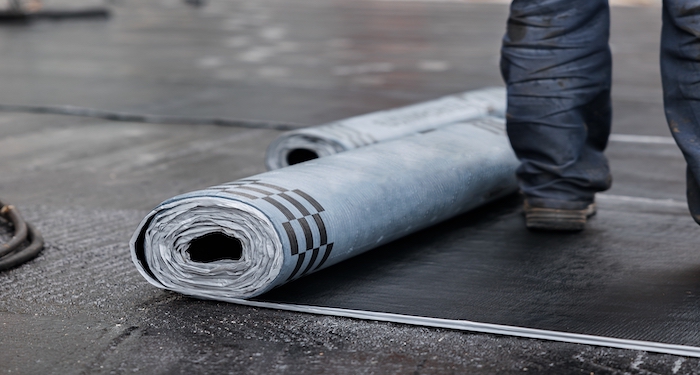
Damp-proof membranes could prevent damage from occurring to concrete during building activity in the future, albeit these membranes will prolong the duration required for the concrete to dry out.
One scenario where you'd want to use damp proof membranes is if you are having underfloor heating installed under a concrete surface.
It should be noted that plastic DPC is a type of damp-proof membrane. In general, damp proof membranes cost between £1 and £5 per m² or £1 to £3 per litre if you purchase them in liquid form.
Pros:
- A good solution to damp proofing a concrete floor
- Ideal if you intend to have underfloor heating installed beneath a concrete surface
- Offers concrete protection for future building activity
Cons:
- Lengthens the time needed for concrete to dry out
Drainage Channel
Having a drainage channel installed is one of the most popular ways of dealing with recurring rising dampness. It is a system that allows water to flow through (from a specific area) therefore preventing water accumulation at particular spots.
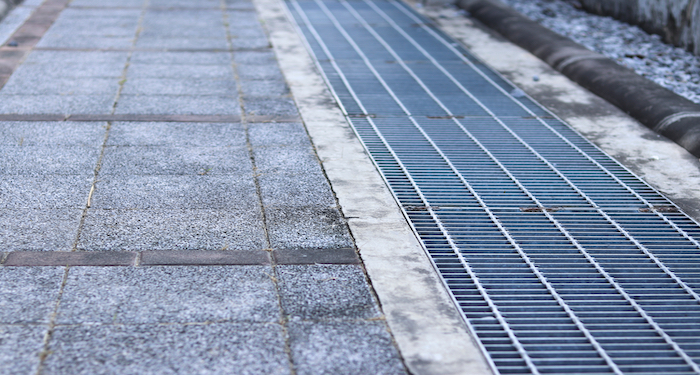
The overall result of this system is that it can prevent rising dampness. It's a commonplace for concrete paving stones or a gravel or concrete path to be laid along with the drainage channel.
Having a drainage channel built could take a few days if being constructed along a wall or longer for an entire house.
The former job would cost around £280 to £500, while you’d need a budget of somewhere between £500 and £1,500 for the latter; in both cases, the specific cost would depend on the type/size of the house.
Pros:
- No interior work
- A good solution to rising damp in many cases
Cons:
- It can take days or even up to a week to complete
- The final look might not be for you
What is The Difference Between Rising Damp & Penetrating Damp?
Rising damp and penetrating damp are issues caused by moisture entering your home. They are however caused by different problems and should be treated in different ways.
Rising Damp Overview
Rising damp is caused when water rises up from the ground and penetrates your walls. Its cause is usually a missing or damaged damp cause proof (DPC). This type of damp problem can usually be seen on the lower parts of your walls.
Rising damp treatments are usually more labour heavy and therefore can cost more to solve the problem.
4 Common signs you have rising damp:
- Flaking paint or wet wall marks.
- Waved shaped stains on the lower parts of your wall.
- Wet patches on floors and skirting boards.
- A musty smell near floors.
Penetrating Damp Overview
Penetrating damp happens when water seeps through the walls from outside. Faulty roofs & gutters as well as cracked render or damaged brickwork are usually the cause. Unlike rising damp, this type of damp can be seen at any height on a wall.
Treating penetrating damp is usually an easier and cheaper issue to fix compared to rising damp.
4 common signs you have a penetrating damp issue:
- Peeling paint or wallpaper.
- Damp patches on walls or ceilings that get in heavy rain.
- Discoloured walls or mould.
- Damp, musty smell throughout the room.
Regardless of what damp problem you have it is best to get a specialist to look at your property.
Hiring a surveyor to carry out a damp survey is the best way to understand your damp issue and how to treat it.
FAQs
Q: How do you treat rising dampness in an old property?
A: The exact process will depend on the nature and extent of the rising damp. Of course, old buildings did not have modern rising damp treatment methods in mind when they were constructed.
To have it treated effectively, you should hire a professional and inform them of the specifics of your building, such as whether or not it is listed and how old it is.
However, some useful ways of preventing rising dampness in an old building include opening windows on a regular basis to allow for good air circulation, employing dehumidifiers in the smaller rooms where there is less ventilation and ensuring that your furniture is not too close to the radiators.
In addition, you should have extractor fans set up in your kitchen and bathroom as this will get rid of the air of excess moisture and steam. If rising damp is already present, or you suspect it may be, then you should hire a professional anyway.
Q: How long should damp proofing last?
A: In most cases, a damp proof course will leave effective results for some 20-25 years, but it will depend on the building among a range of other factors.
Q: What does DPC stand for?
A: DPC stands for the damp proof course. DPC injections, damp proof membranes and drainage channels are all types of DPC. Essentially DPC is just another way of saying rising damp treatments.
Q: Why is rising damp sometimes considered a myth?
A: It’s very common that damp issues are misdiagnosed. There was a time when any damp problem was labelled rising damp. Thankfully a professional damp survey can clarify the nature of the problems in your home.
Q: What are the most common rising damp signs?
A: Some of the most common indicators of rising damp are walls with damp/wet patches on walls or/and walls with damp stains and tidemarks.
Another common sign is the presence of salts within the plaster. Also, look out for peeling paint or peeling wallpaper, flaky/bubbly plaster and rotting skirting boards and flooring, just to name a few more potential signs of rising damp.
Hiring a professional to perform a damp survey is the perfect way to know for sure what the issue is and how it can be dealt with.

